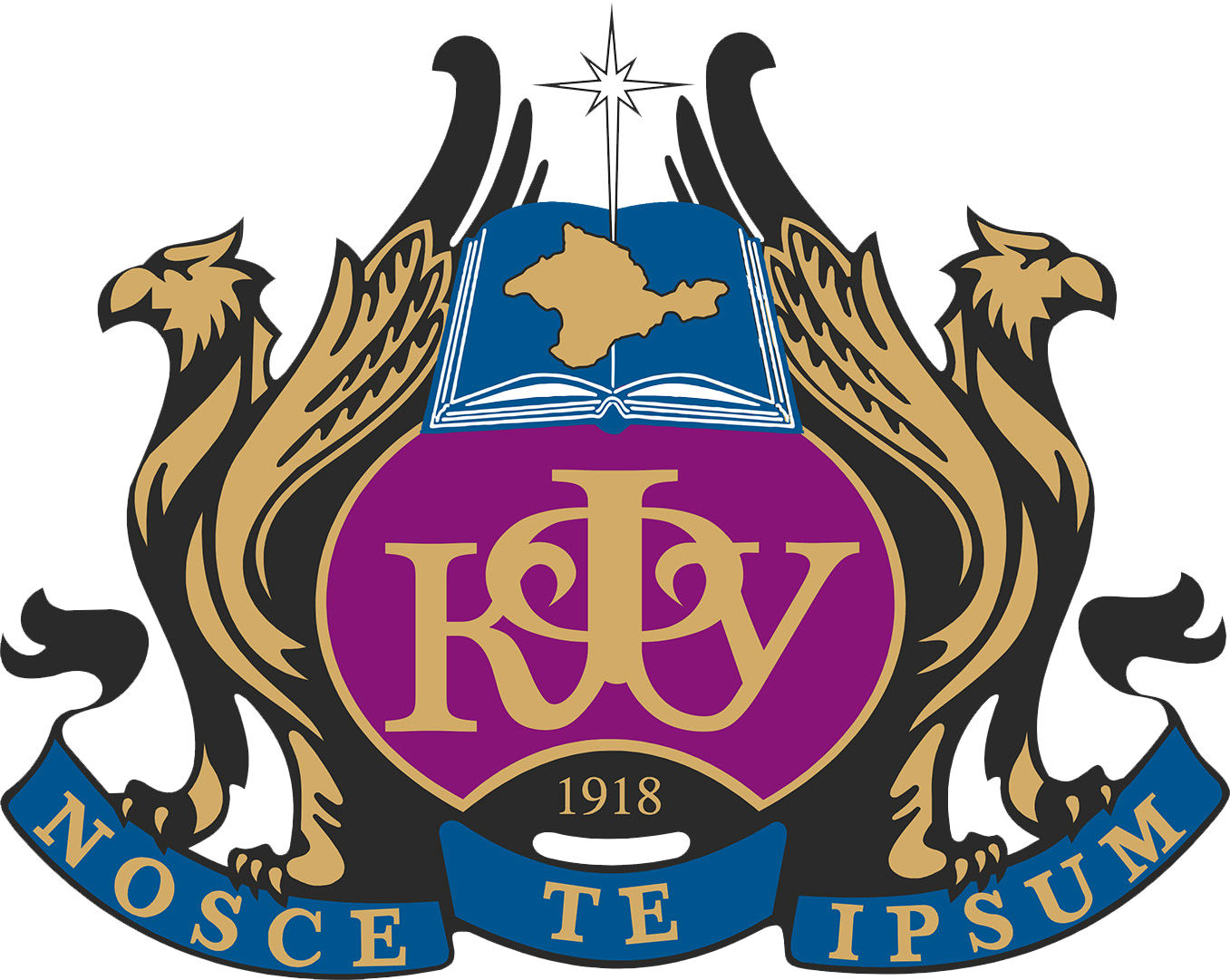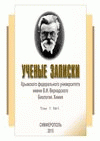Aim. The analysis of physiological features and reserves of cardiovascular system of professional sportswomen of pre-involutive (37–45 years) and reproductive (16–26 years) age ranges. Materials and methods. We examined highly qualified sportswomen who do not take oral contraceptives, with an average duration of the menstrual cycle 28–30 days (representatives of long distances in running and swimming) pre-involutive (37–45 years, n=18) and reproductive (16–26 years, n=32) periods. Carried out ELISA analysis of the content of gonadotropic and sex hormones, in vitro immunochromatographic test for ovulation, the analysis of heart rate variability, analysis of reogram Central hemodynamics, Bicycle test speed-increasing load, the statistical analysis of the data. Results. Physiologically justified functional ability of the cardiovascular system of women of the pre-involutive period to adapt to strenuous physical activity in professional sports. In the pre-revolutionary period of sportswomen relative decrease in activity of the central and autonomous mechanisms of regulation of a heart rhythm, formation of the most favorable period of autonomous regulation from 20 to 22 days that can be considered as a regulatory reserve is established. At the same time, the reserves of cardiac and vascular links in achieving a high functional level of the cardiovascular system are relatively reduced, and the tension is more pronounced in the vascular link. Conclusion. In professional sportswomen 37–45 years in the second half of the anovulatory menstrual cycle, physiological features of the manifestation of reserve and compensatory effects at the level of regulatory, cardiac and hemodynamic links of the cardiovascular system were determined, which must be taken into account in dosing high-intensity loads. In professional athletes aged 37–45 years, a relative decrease in the activity of the central and autonomous mechanisms of heart rate regulation and the formation of the most favorable period of autonomous regulation of the cardiovascular system from day 20 to 22 from the beginning of the AMC was established, which allows this period to be considered potential for the manifestation of regulatory reserves at such an advanced age. Regulatory shifts in athletes aged 37–45 years in the periods of AMC are similar in quality to shifts in cardio-hemodynamics. At the same time, the reserves of the cardiac and vascular links in achieving a high functional level of cardiovascular system are relatively reduced, and stress is more pronounced in the vascular link, which must be taken into account when dosing high-intensity physical exertion. The effects of stress on the functions of the CCC in athletes aged 37–45 years are reflected at the level of systemic organization, which is manifested by the relatively high rigidity of systemic relationships. The main indicator correlating with IN during the AMC is the VLF component reflecting.
pre-involutive period, professional sportswomen, cardiovascular system, physiological reserves.
1. Voronkov Yu. I., Tizul A. Ya. Mediko-biologicheskie i psihologo-pedagogicheskie problemy zdorov'ya i dolgoletiya v sporte, 228 (M.: Sovetskij sport, 2011).
2. Yakimovich V. S. Vozrast sportsmenov i olimpijskij sport: mif i real'nost', Nauchno-metodicheskij elektronnyj zhurnal «Koncept», 20, 3011 (2014).
3. Gurbanova L. R., Botasheva T. L., Linde V. A. Osobennosti funkcional'nogo sostoyaniya zhenskogo organizma v perimenopauzal'nom periode i ego optimizaciya na fone aerobnyh fizicheskih nagruzok,
4. Christensen A., Bentley G. E., Cabrera R. [et al.] Hormonal regulation of female reproduction, Hormone and Metabolic Research, 44 (8), 587 (2012).
5. Nejfel'd I. V., Kiselev A. R., Karavaev A. S. i dr. Osobennosti pokazatelej vegetativnoj regulyacii krovoobrashcheniya i variabel'nosti serdechnogo ritma u zhenshchin v perimenopauze, Neinvazivnaya
6. Guasti, L., Grimoldi P., Mainardi L. T. [et al.] Autonomic function and baroreflex sensitivity during a normal ovulatory cycle in humans, Acta Cardiol., 54, 209 (1999).
7. Pogodina S. V., Aleksanyanc G. D. Adaptaciya i funkcional'noe sostoyanie vysokokvalificirovannyh sportsmenov v vozrastnom i polovom aspektah, Teoriya i praktika fizicheskoj kul'tury, 10, 72 (2017). EDN: https://elibrary.ru/ZIWMVB
8. Hirshoren N., Tzoran L., Makrienko Y. [et al.] Menstrual cycle effects on the neurohumoral and autonomic nervous system regulating the cardiovascular system, J. Clin. Endocrinol. Metab., 87, 1569 (2002).
9. Erez A., Kivity S., Berkovitch A., Milwidsky A. [et al.] The association between cardiorespiratory fitness and cardiovascular risk may be modulated by known cardiovascular risk factors, American HeartJournal.,
10. Berga S., Naftolin F. Neuroendocrine control of ovulation, Gynecological Endocrinology, 28, S1, 9 (2012).
11. Grad C. Heart rate variability and heart rate recovery as prognostic factors, Clujul. Med., 88 (3), 304 (2015).
12. Makarova G. A., Loktev S. A. Metodologicheskie principy analiza i ocenki fiziologicheskih i kliniko-laboratornyh parametrov u sportsmenok, Lechebnaya fizkul'tura i sportivnaya medicina, 2, 4 (2016).
13. Davydenko D. N. Adaptaciya i funkcional'nye rezervy organizma, Vestnik Baltijskoj pedagogicheskoj akademii, 2, 15 (1998).
14. Schuste A. K., Fischer J. E., Thayer J. F. [et al.] Decreased heart rate variability correlates to increased cardiovascularrisk, Int. J. Cardiol., 203, 728 (2015).





